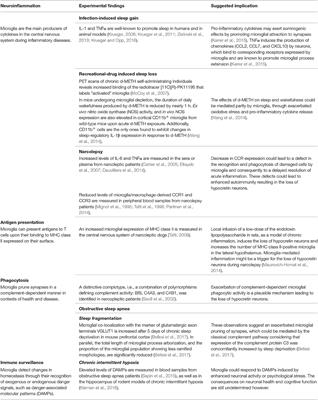EDITORIAL
Published on 29 May 2019
Editorial: The Functional Anatomy of the Reticular Formation
doi 10.3389/fnana.2019.00055
- 43,440 views
- 16 citations
29k
Total downloads
264k
Total views and downloads
Select the journal/section where you want your idea to be submitted:
EDITORIAL
Published on 29 May 2019
REVIEW
Published on 10 May 2019

REVIEW
Published on 08 Jan 2018

ORIGINAL RESEARCH
Published on 02 Nov 2017

MINI REVIEW
Published on 19 Sep 2017

REVIEW
Published on 30 Aug 2017

ORIGINAL RESEARCH
Published on 08 Aug 2017

REVIEW
Published on 05 Jul 2017

ORIGINAL RESEARCH
Published on 25 Apr 2017

MINI REVIEW
Published on 18 Apr 2017

REVIEW
Published on 09 Mar 2017

ORIGINAL RESEARCH
Published on 23 Nov 2016

